The tow behind spreader is a type of equipment used for spreading materials such as fertilizers, seeds, salt, sand, or other granular substances over a large area. It is typically attached to a lawn tractor, ATV, or utility vehicle and towed behind it. The tow behind spreader comes in various sizes and capacities, ranging from small models with a capacity of around 50 pounds to larger ones with a capacity of several hundred pounds.
The application of tow behind spreader
Here are several applications of tow behind spreader: 1. Tow behind lawn spreader is commonly used in lawn care to evenly distribute fertilizers, grass seeds, and other lawn treatments. Tow behind spreader for lawn tractor helps ensure that the materials are spread uniformly, resulting in a healthier and more vibrant lawn. 2. In agriculture, the tow behind broadcast spreader spreads fertilizers, lime, and other soil amendments across large fields. It can cover a significant area quickly, making it efficient for crop production and maintaining soil fertility. 3. Landscapers use the tow behind spreader to spread mulch, compost, and other soil additives in gardens, flower beds, and other landscaped areas. 4. Tow behind spreader can be equipped with special attachments to spread salt, sand, or ice melt products for winter maintenance. Tow behind spreader for truck is commonly used on driveways, parking lots, and sidewalks to prevent ice buildup and improve traction during snowy conditions. 5. Professional tow behind spreader is utilized to maintain sports fields, golf courses, and other large turf areas. They are used to spread fertilizers, seed blends, and other turf care products to ensure even growth and optimal playing conditions.
The maintenance of tow behind spreader
The following are some maintenance tips for a tow behind spreader: First, after each use, thoroughly clean the spreader to remove any residual material. Use a hose or pressure washer to wash away any debris or buildup on the hopper, spreading mechanism, and other components, which helps prevent corrosion and clogging. Second, regularly lubricate the moving parts of the spreader, such as the axle, wheels, and bearings, to ensure smooth operation. Third, inspect the spreader for any signs of damage, such as cracks, bent parts, or loose bolts. Repair or replace any damaged components to maintain the structural integrity of the spreader. Periodically check and calibrate the spreader to ensure accurate spreading rates.
Also, store the spreader in a clean, dry, and protected area when not in use. If possible, cover it with a tarp or use a storage bag to prevent dust, moisture, and sunlight exposure that can degrade the materials and components. Inspect the tires for proper inflation and wear. Adjust the tire pressure to ensure smooth towing and prevent uneven spreading. Over time, certain parts of the motorized tow behind spreader, such as the agitator, spinner disc, or flow control mechanism, may wear out. Regularly check these parts and replace them as needed to maintain optimal spreading performance.



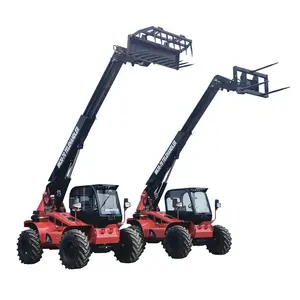



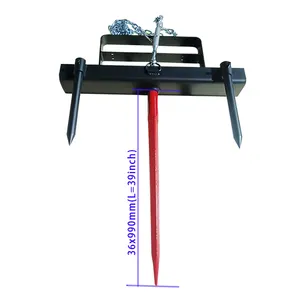



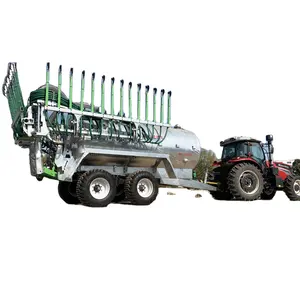




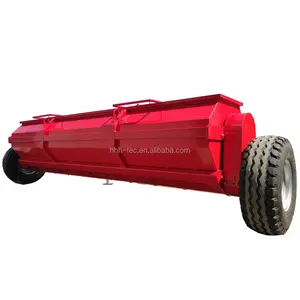


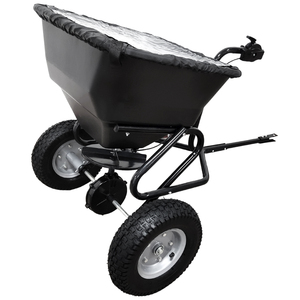




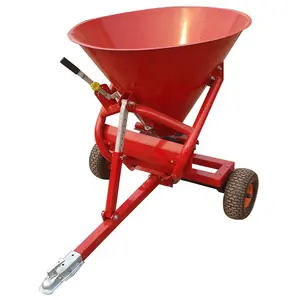






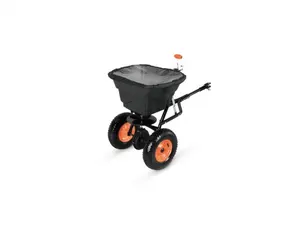
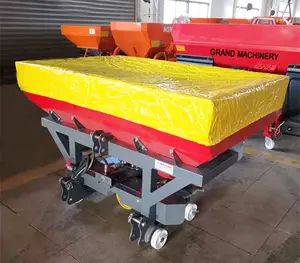


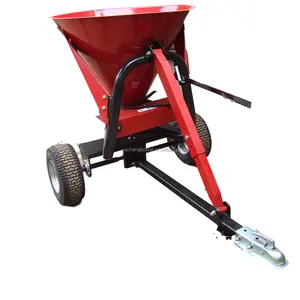

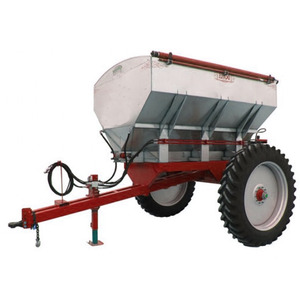


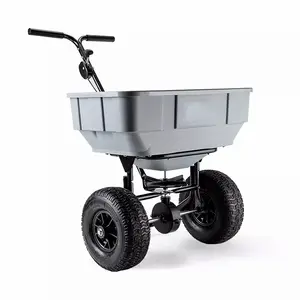



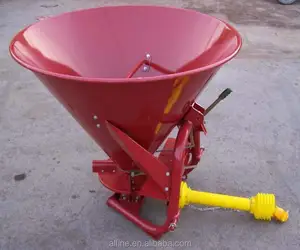

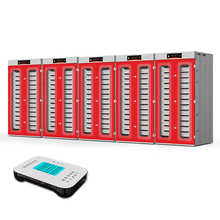
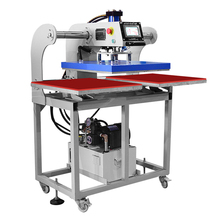
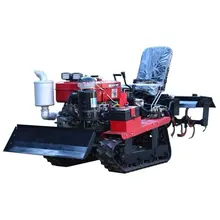



























 浙公网安备 33010002000092号
浙公网安备 33010002000092号 浙B2-20120091-4
浙B2-20120091-4